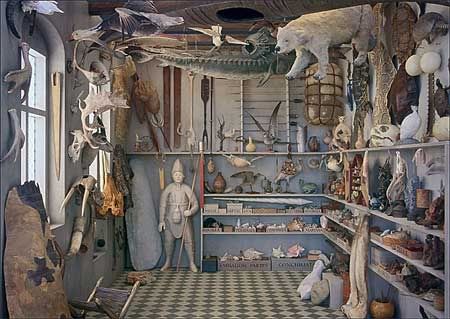
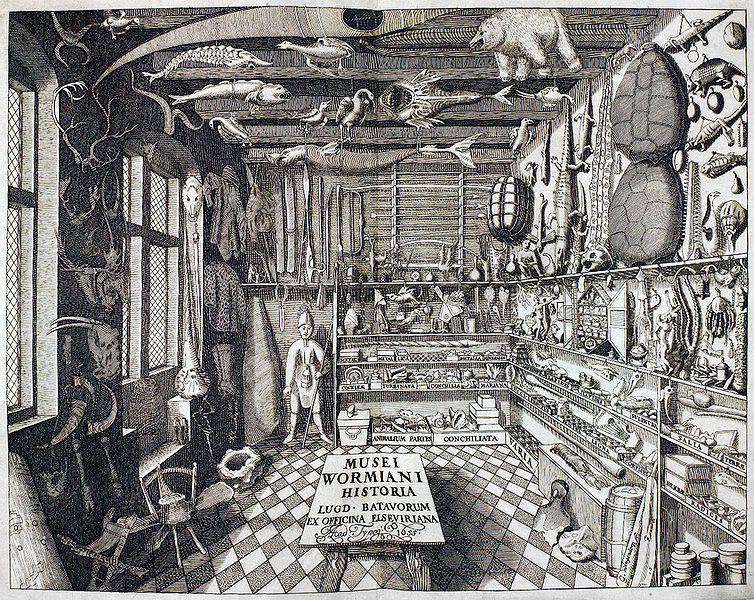
Via Thombeau's new form is void blog, I found this great photo essay from Slate about Purcell's work. Many of her other projects have shared the wunderkammer's purpose of archiving the ephemeral, while straddling the art-science interface. She's documented specimens from natural history museums, collections of naturalists, but likewise human-made decaying artifacts and collections of all sorts.
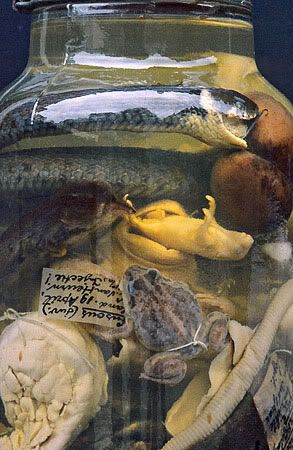
Rosamond Purcell, The Uncurated Jar. From Finders, Keepers: Eight Collectors, 1992. Courtesy Rosamond Purcell.
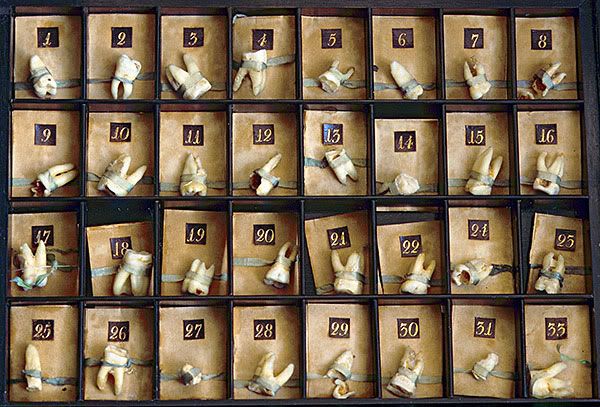
Rosamond Purcell, Teeth Pulled by Peter the Great. From Finders, Keepers: Eight Collectors, 1992.
Apparently, Peter the Great was not only an avid keeper of his own wunderkammer, but a "self-proclaimed dentist".
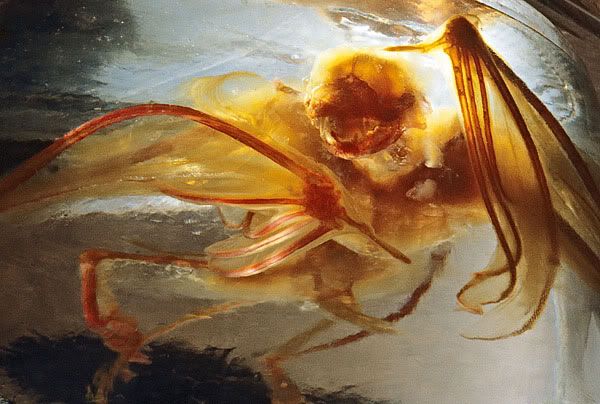
Rosamond Purcell, Cleared and Stained Bat in Glycerine. From Illuminations: A Bestiary, with Stephen Jay Gould, 1986.
She's also created artifacts of her own. Like artists previously profiled, who collaborate with insects (including Hubert Duprat's work with caddis fly larvae, Hilary Berseth's work with bees and Aganetha Dyck's work with bees), she used termites (maintained by a biologist collaborator) to eat the pages of anatomical and architectural texts which then formed the basis of collage pieces.
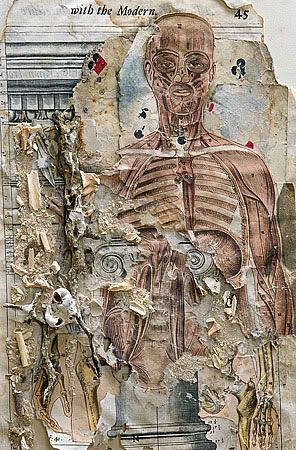
Rosamond Purcell, With the Modern. From Bookworm, 2006.
These investigations of the worlds of the collectors, the collections, their idiosyncracies, the lost and forgotten, the decaying, and of course, of books and book arts, appeal to me on many levels. I must find more.






No comments:
Post a Comment